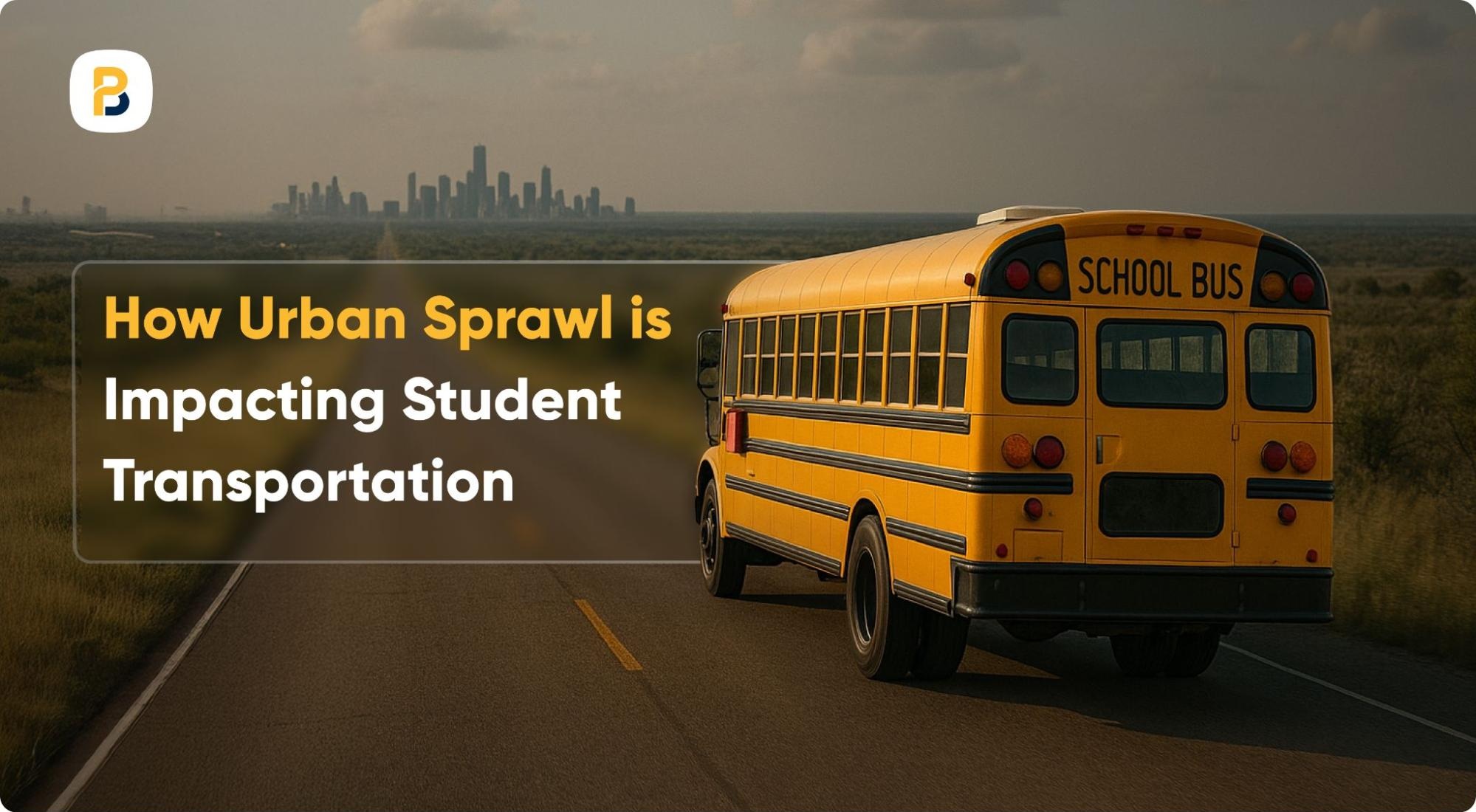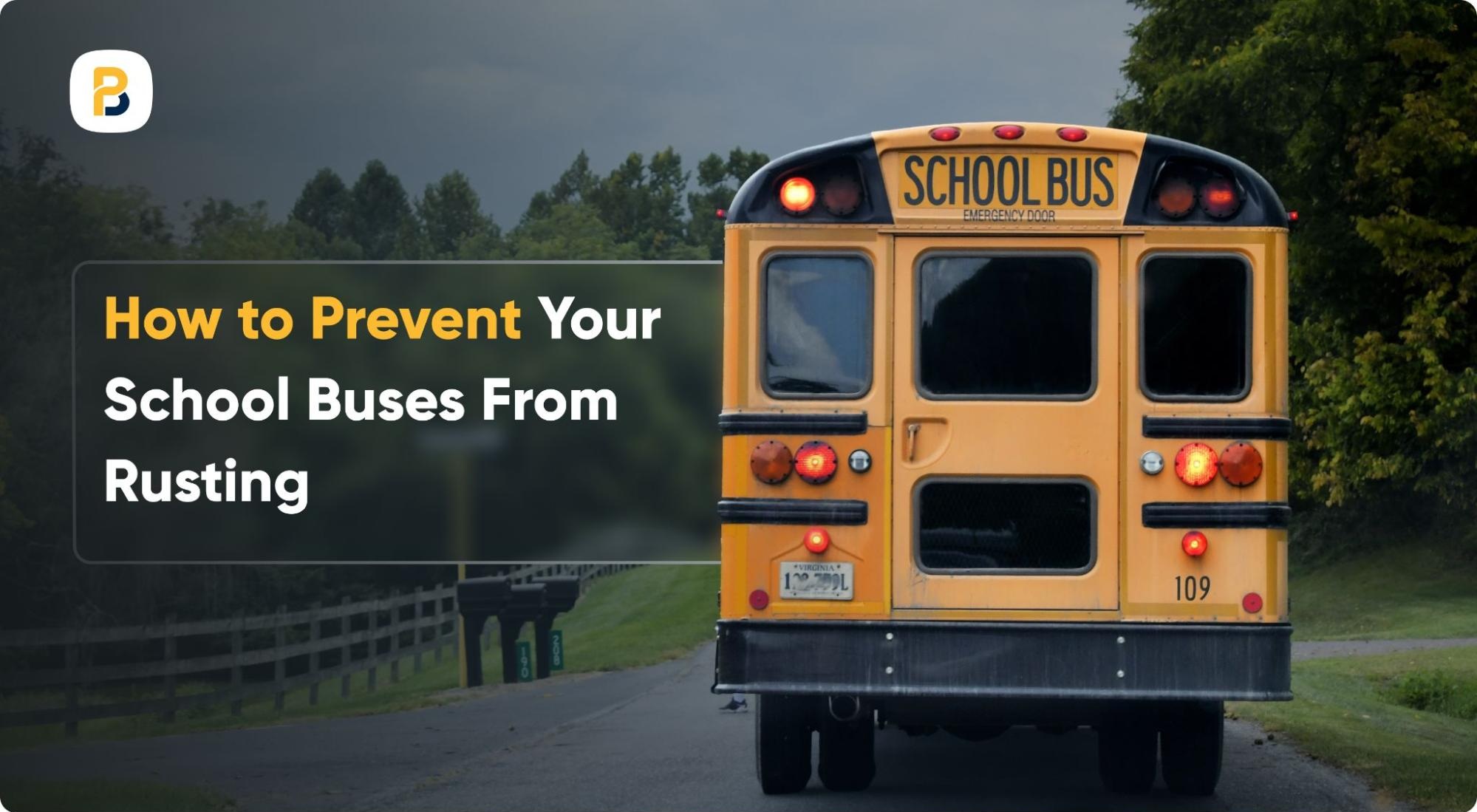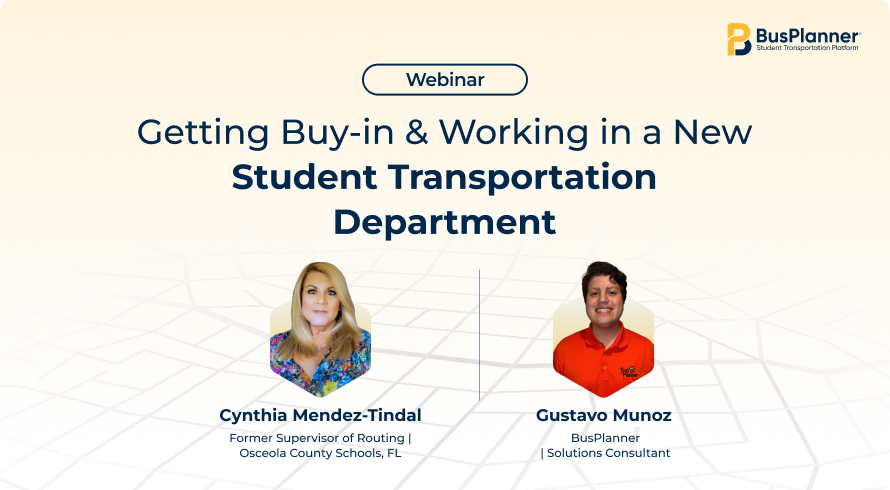The steady expansion of cities into low-density suburban and rural areas has been reshaping communities across North America.
- Between 2000 and 2020, the urban land area in the U.S. increased by approximately 14%.
- Canadian cities have expanded faster than their populations, with land use increasing by about 34% while population growth has risen by only 26%.
While it may offer families more housing choices, the ripple effects for school districts are profound, especially when it comes to student transportation. With nearly 26 million children already riding school buses daily in the U.S., the strain from sprawl is not just an operational challenge; it’s a financial, safety, and equity issue that districts must tackle as communities continue to expand.
Longer Routes, Higher Costs
As neighborhoods spread further apart, bus routes naturally get longer. Districts that once served compact school zones must now stretch their fleets across miles of subdivisions, cul-de-sacs, and rural roads. Each additional mile means more fuel consumed, faster wear on vehicles, and higher driver wages.
Longer routes also cause:
- Inefficiencies in resource allocation due to overlapping coverage.
- Increased driver shortages and extended student ride times.
- Reduced scheduling flexibility when last-minute changes occur.
School bus transportation software can help districts overcome these challenges with advanced routing algorithms that minimize mileage, balance loads, and identify inefficiencies.
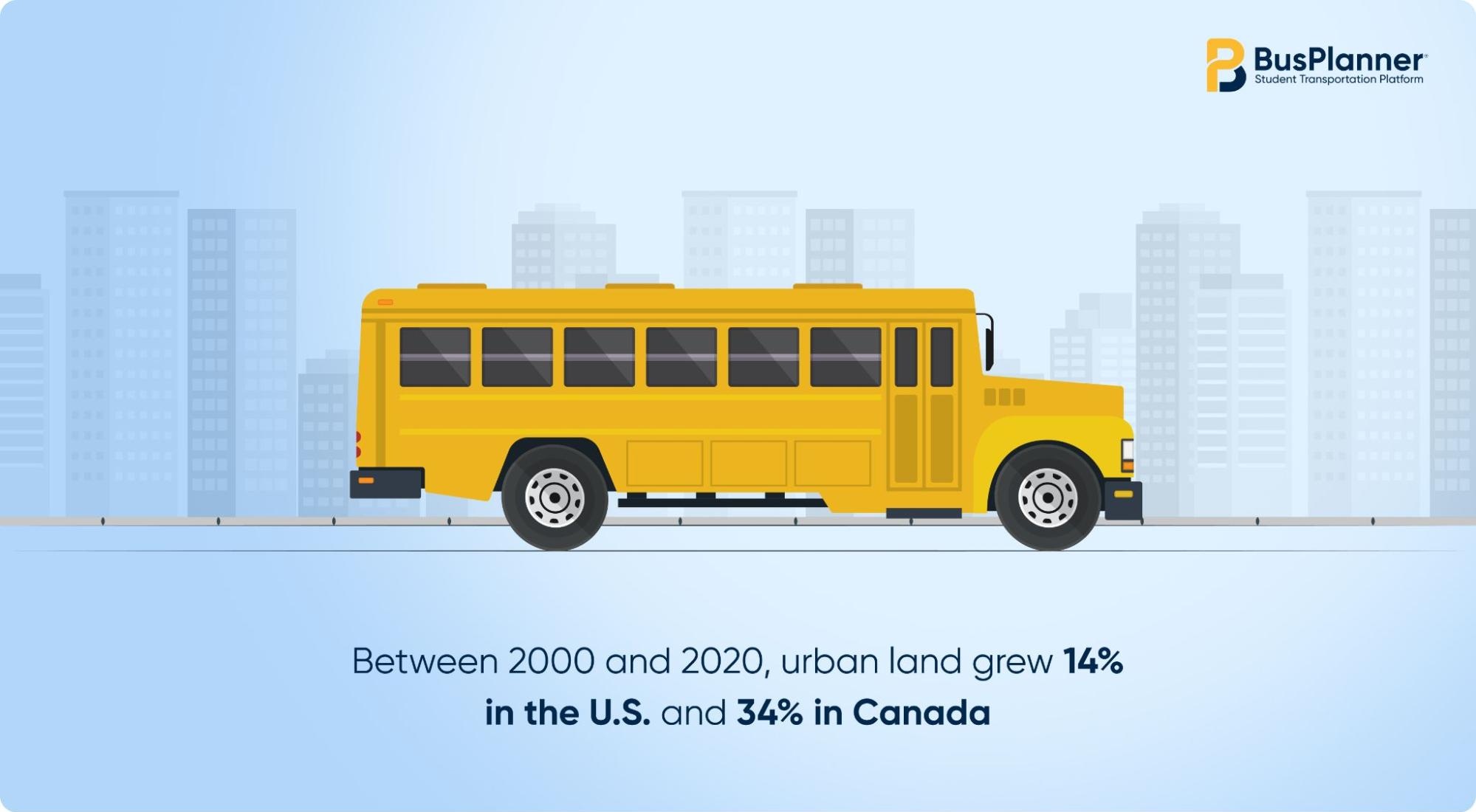
Driver Shortages
Urban sprawl doesn’t just demand more miles; it requires more buses and drivers. Many districts face a shortage of school bus drivers, as well as frequent driver absenteeism, leading them to cut or reduce bus services altogether.
The driver shortage problem worsens due to urban sprawl:
- The distance and number of routes increase.
- More drivers and buses are needed to maintain manageable ride times and coverage.
- Driver shortages lead to route combinations and increased overtime.
- Non-transportation staff often fill in, adding operational strain.
Health and Safety Concerns
Extended commutes take a significant toll on students, affecting not only their time but also their energy, motivation, attendance, and academic outcomes. South Carolina law sets a clear limit on school bus commutes, stating that no student may remain on a state-owned bus for more than 90 minutes at a time. In districts with sprawling geographies, many students may face longer commutes, which can lead to absenteeism, exhaustion, and mental strain.
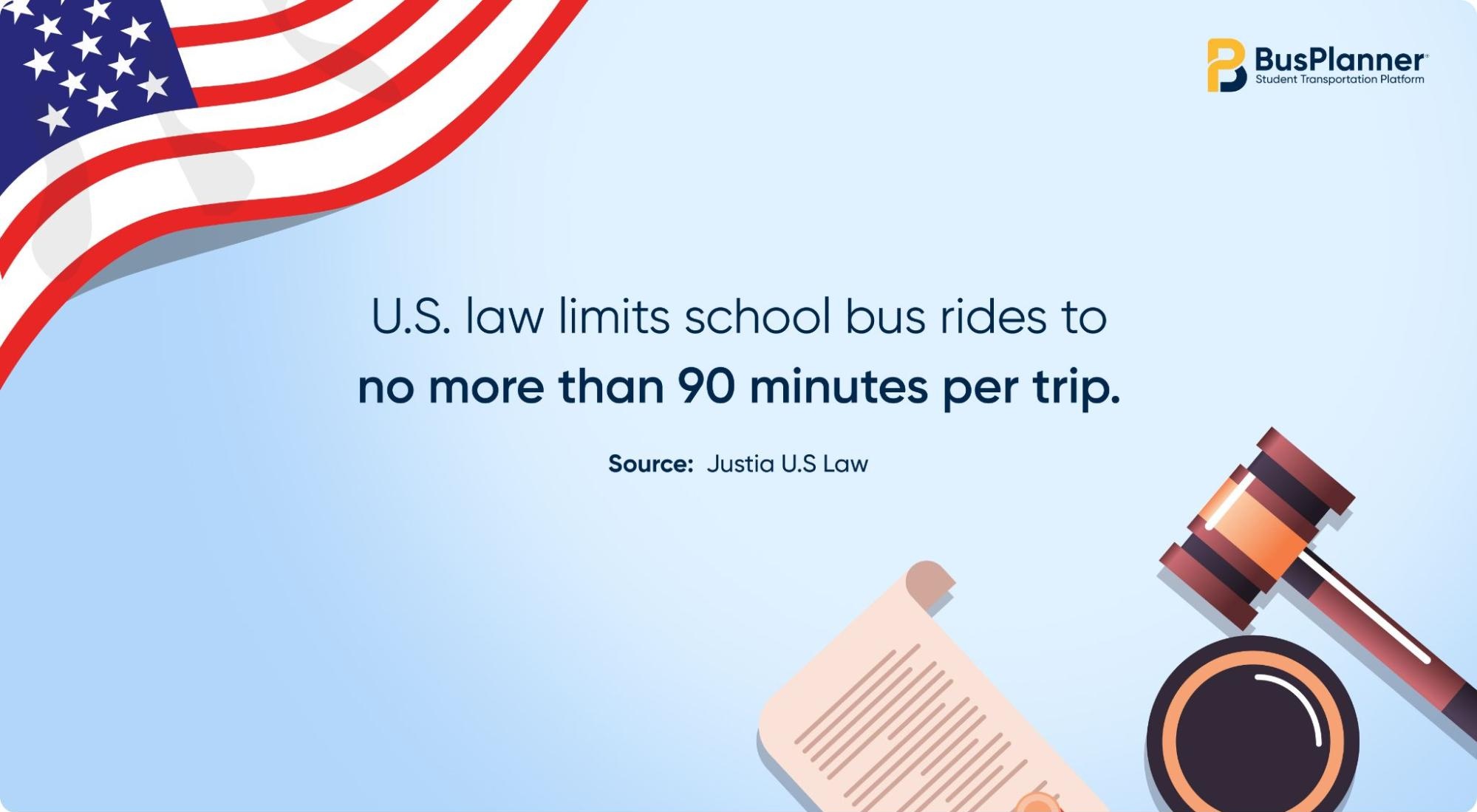
Moreover, safety risks increase when buses operate in more rural or low-density environments, with narrow roads, intersections without sidewalks or crosswalks, and unexpected obstacles all raising the risk of accidents.
Technology & Planning Solutions
Districts may not be able to control growth patterns, but they can mitigate the impacts with better planning. Investing in school bus transportation software can dramatically improve efficiency.
- Bell-time analysis tools help adjust schedules to reduce fleet size.
- GPS tracking modules provide real-time visibility, enabling better cost control and enhanced safety.
- Early collaboration with city planners ensures efficient, safe school access in growing communities.
Which transportation challenges impact your district the most?
Poll (single answer required):
Conclusion
Urban sprawl will continue to shape the way communities grow, but it doesn’t have to derail student transportation. Longer routes, higher costs, and driver shortages are real challenges, yet with the right mix of planning, technology, and collaboration, districts can adapt.
A student transportation platform provides the tools to optimize operations, while partnerships with city planners ensure that new developments incorporate accessibility considerations. These solutions can help districts turn growing challenges into an opportunity to deliver safer, more efficient, and more sustainable transportation for every student.
Learn how BusPlanner can help streamline your district’s operations.
